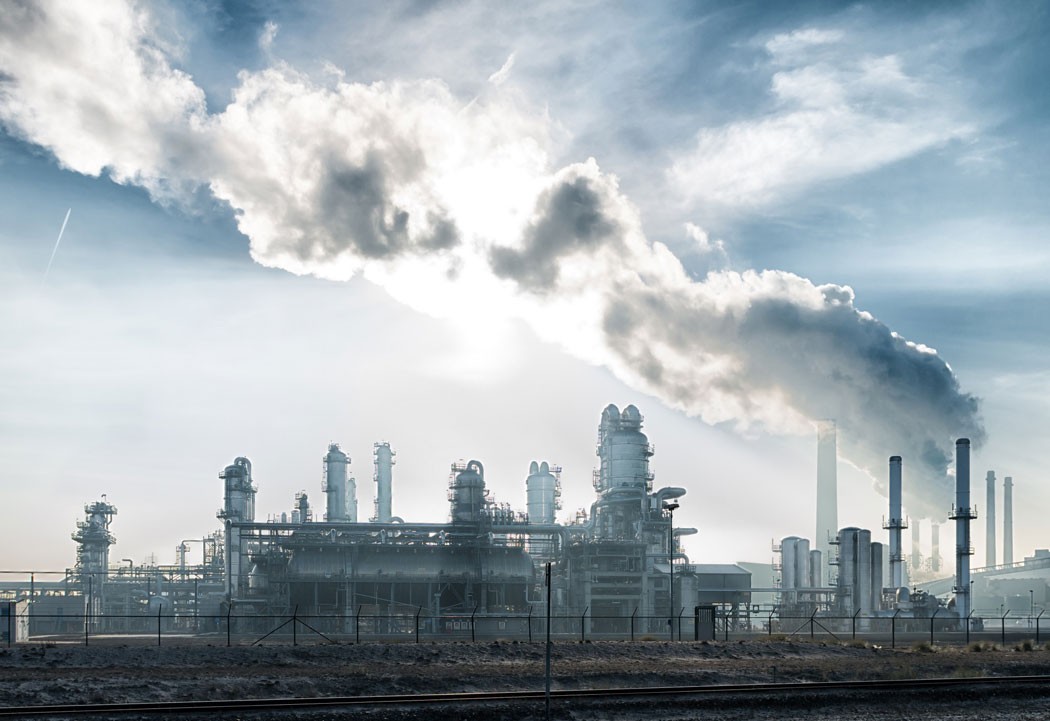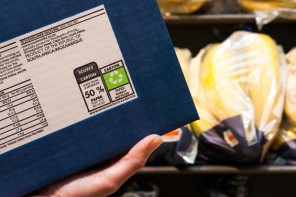As scientists learn more about climate change and what works to fight it, they might also discover that they’ve been using methods that are actually harmful. One of these is a group of gases known as hydrofluorocarbons (HFCs).
Healer of the Ozone
Back in the 1980s when the crisis of the hole in the ozone layer required immediate action, scientists used hydrofluorocarbons to try to solve the problem. And they were successful. Two chemists, Mario Molina and Sherwood Rowland, made the discovery that chlorofluorocarbons (CFCs) could be released from aerosol sprays and when they were split by the sun’s rays, they disintegrated molecules from the ozone. Of course, as you probably know, CFCs have since been hailed as bad for the environment because they trap pollutants in the air. They were replaced by a group of CFCs called HFCs that were thought to be kinder to the planet. But now it has been discovered that although these helped the ozone layer, they are contributing to climate change so the Environmental Protection Agency has banned them.
They are regarded as 12,000 times more powerful than carbon dioxide when it comes to contributing to climate change!
HFCs: More Powerful Than Carbon Dioxide
HFCs are man-made chemicals that contain hydrogen, fluorine, and carbon. You can find them in various appliances, mostly in refrigerators and air conditioning systems. They’re also found in fire extinguishers and industrial aerosols. Just how potent are HFCs? They are regarded as 12,000 times more powerful than carbon dioxide when it comes to contributing to climate change! Interestingly, HFCs are not harmful at a local level but they do make a major impact globally because they’re a greenhouse gas. Worst still, they linger in the environment for hundreds of years. Most HFC emissions come from industrialised regions such as the United States and Europe, but developing countries are not far behind in their production.
A Greener Alternative
Banning HFCs means that using gases that are safer for the environment will cut down greenhouse gas emissions by up to 64 million metric tons within the next decade. This would be the equivalent of the amount of carbon dioxide emitted from six million homes in a year.
Image credit: hansenn / Dollar Photo Club










